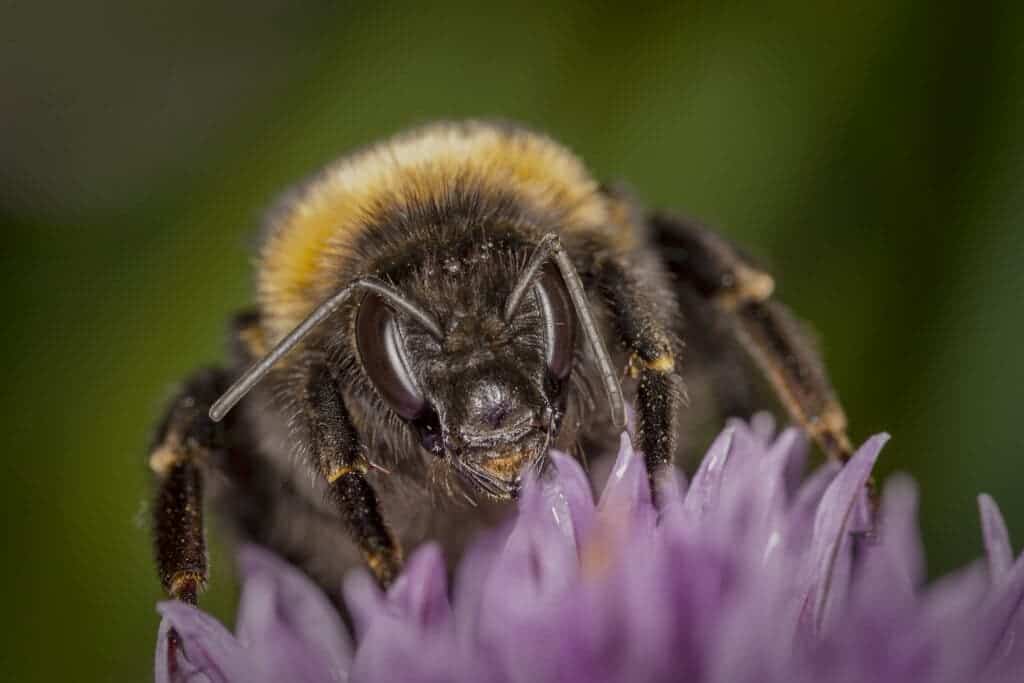Neonicotinoids, one of the most widely-used types of pesticides, can severely affect bees even when applied well below the label rate, according to a new study. It was surprising even to the researchers to see how much damage neonicotinoids could do.

“Neonicotinoids are often used on food crops as a seed treatment,” UC Riverside entomologist and lead study author Jacob Cecala said in a statement. “But they’re usually applied in higher amounts to ornamental plants for aesthetic reasons. The effects are deadly no matter how much the plants are watered.”
Neonicotinoids are a type of pesticide very common in agriculture but with a clear negative effect on the health of bees, causing the death of whole swarms. For years, beekeepers have been warning over their effect, pushing for stronger regulations. Fewer bees in the world can lead to the loss of biodiversity and even affect our food supply.
There are three main neonicotinoids currently in use: imidacloprid, clothianidin, and thiamethoxam. Two are made by Bayer (which owns Monsanto) and the other by Syngenta. These compounds are used to coat seeds, as a spray on citrus trees, and as a soil drench of annuals. Soybeans and corn are the main crops on which neonicotinoids are used.
A European Union moratorium has restricted the application of three neonicotinoids to crops since 2013. Meanwhile, in the US the Environmental Protection Agency (EPA) banned last year 12 products containing neonicotinoid, leaving 47 neonicotinoid-based products on the market. In 2017, beekeepers in the US reported losing about 40% of their hives.
Dangerous pesticides
For the study, the researchers from UC Riverside focused on the application of neonicotinoids in potted ornamental plants, which represent potent and acute sources of exposure to the toxin for most bees. Most previous studies focused on the use of pesticides in food crops like canola, in which they are applied at low doses.
The researchers raised bees on flowering native plants in pots that either received a lot of watering or a little. The plants were chosen based on their popularity, drought tolerance to ensure blooming even without a lot of water and their attractiveness to bees. While water decreased the strength of the pesticide, the negative effects on bees were still observed.
The first time they tried the experiment, the researchers used the concentration of insecticide recommended on the product label. All the bees died in a matter of days. They ran the experiment a second time and despite using a third of the recommended dose, they still found negative effects on the reproduction and overall fitness of the bees.
“It’s not as simple as ‘don’t use pesticides’ — sometimes they’re necessary,” Cecala said in a statement. “However, people can look for a different class of insecticide, try to apply them on plants that aren’t attractive to bees, or find biological methods of pest control.”
The study was published in the journal Proceedings of the Royal Society B: Biological Sciences.
Was this helpful?



